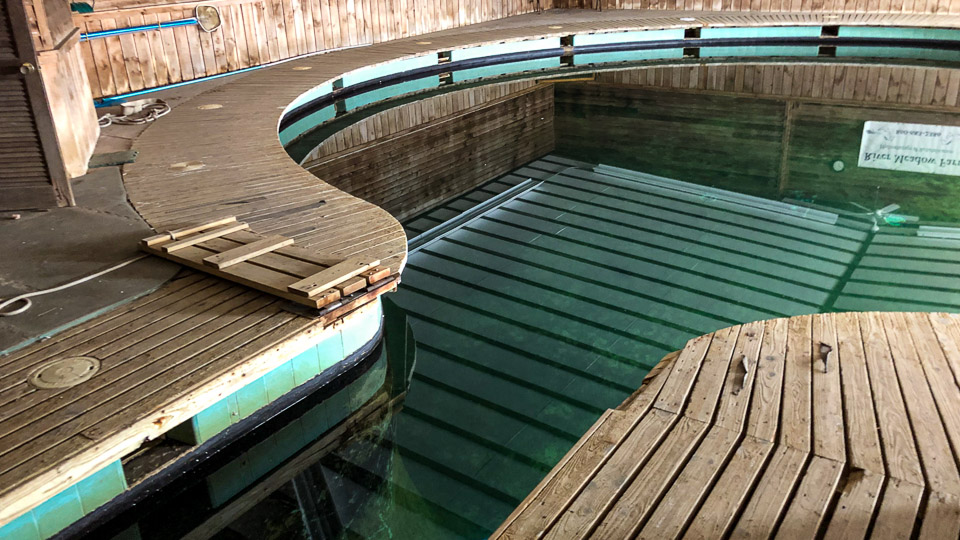
Horse Treatments And Therapies – An Introduction
Once a horse becomes injured, owners want their horse to recover rapidly and fully. To encourage this many modalities have been developed. The efficacy and the safety of some of these are well established (ice therapy), some are considered unethical (pin firing) and some are extrapolated from humans but are not supported with valid research in horses (electro-stimulation).
Time seems to be the best therapy but with pressure to get the horse back in action, short cuts are looked for in healing. Some are medically advanced (stem cell, shock wave, hyperbaric) and some are traditional (physical therapy, chiropractic, massage). What I have found is that the effectiveness of the therapy is proportional to the ability of the practitioner.
What I often find missing in selecting a therapy is the addition of sound nutritional advice. I sound like a stuck record here because I believe that most injuries can be prevented with good feeding practices. This would avoid the need for treatments and therapies, but once injured the addition of the correct materials needed for repair should be included in every therapy and treatment discussion.
For example, a horse with laminitis is given ice therapy, treated with anti-inflammatories and a therapeutic shoe applied. Nutritionally the horse is placed on a reduced sugar diet and tested for insulin resistance. A better approach would be excluding as much as possible all glucose and the addition of protein but no one seems to look at the root cause of this disease.
In both veterinary and human medicine, the approach taught to students has been to identify the problem and then treat it with the goal of a quick recovery. I rarely hear of any of these people looking at the root cause of any problem and working towards a more long lasting recovery as well as a prevention. I can’t take the credit for calling this “Whack-A-Mole medicine” but this isn’t just a problem in veterinary medicine. Some human doctors are investing in longevity lifestyles and health changes to prevent illness as we get older thus avoiding the focused approach to medicine so common today. This requires a proactive approach which 1) doctors are not taught and 2) owners don’t want. In the world of instant repair of problems, the use of multiple therapies are employed.
But the underlying problem is often ignored. You cannot fix a bad hoof with trims, shoes or supplements until you fix the nutrition of the hoof and the horse.
Remember that an ounce of prevention is worth a pound of cure. Excluding trauma, most illnesses and unsoundness issues could be prevented with good nutrition and good training. And most problems, if given good food and good workouts, will recover with time. Don’t rush the beautiful processes the body has to heal. After all, these processes have been around longer than man and horse have been together.
Horse Disease Prevention – Medications
Medicating horses has become easy in an age where pharmaceuticals and nutraceuticals are abundant. Unfortunately their use circumvents two things. The first is the removal of the cause of the problem they are being medicated for. The second is not realizing the side effects of the medication.
Horse Treatments And Therapies – Bandaging Horse Wounds
Bandaging accomplishes two things: 1) It applies pressure to the area to drive edema out of the limb and 2) keeps dirt from getting a wound if there is a break in the skin.
Horse Treatments And Therapies – Chinese Acupuncture
Acupuncture In Horses
Horse Treatments And Therapies – Chiropractic
Chiropractic In Horses
Horse Treatments And Therapies – Drugs: Legend, Generic, Compounded
[x_alert type=“info” close=”false” heading=”Overview”]This article describes the primary differences in the way drugs are made and how you and your horse are protected from bad manufacturers.[/x_alert]
Horse Treatments And Therapies – Electro-stimulation
Electrostimulation In Horse Healing
Horse Treatments And Therapies – Hyperbaric Pressure
Hyperbaric Pressure In Horses
Horse Treatments And Therapies – Ice And Hydrotherapy
Ice And Hydrotherapy In Horses
Horse Treatments And Therapies – Magnetic Therapy
Magnetic Therapy In Horses
Horse Treatments And Therapies – Overshoes
Overshoes For Horses
Horse Treatments And Therapies – Pastern Rolls
Pastern Roll In Horses
Horse Treatments And Therapies – Pin Firing
Pin Firing Of Horses
Horse Treatments And Therapies – Poultices
Poultices In Horses
Horse Treatments And Therapies – Vibrating Platforms
Vibrating Platforms In Horses
Ocular System In Horses – Eye Medication Systems
Eye Medication Systems For Horses
Podcast #011 – Drug Classes In Horses
Drug Classes In Horses– The Horse’s Advocate Podcast #011


Responses